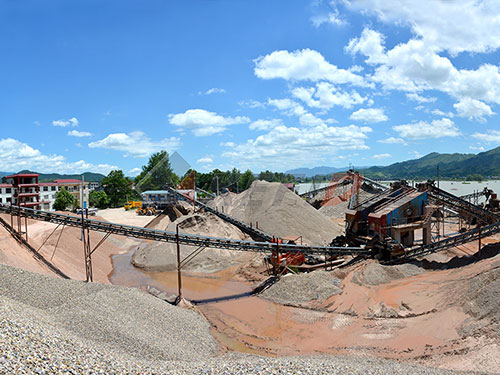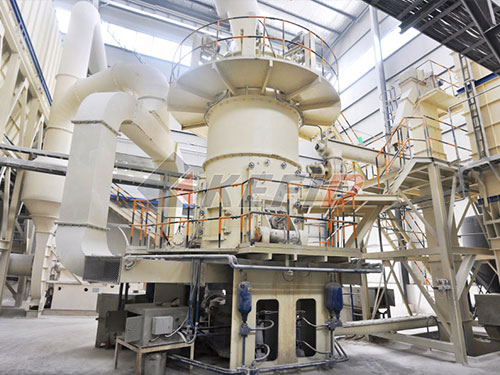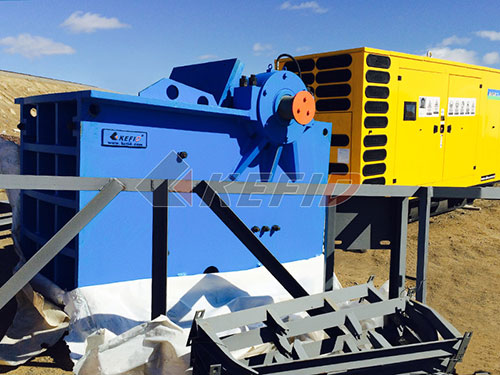Beyond the Core: How Marcy Cone Crushers Revolutionized Kazakhstan’s Mineral Testing Landscape
Introduction: The Critical Nexus of Exploration and Precision
Kazakhstan, a nation resting upon geological riches spanning vast reserves of uranium, chromium, lead, zinc, manganese, copper, coal, iron ore, gold, and increasingly critical rare earth elements (REEs), faces a perpetual challenge: unlocking the true economic potential buried within its complex geology. While major mining operations dominate headlines, the unsung heroes of this endeavor reside within the laboratories – the gatekeepers of accurate mineral characterization. Here, the quality and representativeness of samples processed for analysis directly dictate exploration success rates, resource estimation accuracy, metallurgical recovery predictions, and ultimately, investment decisions worth billions. For years, many Kazakh laboratories grappled with a fundamental bottleneck: inefficient and inconsistent primary size reduction of hard, heterogeneous exploration drill core and bulk samples. The adoption of Marcy Cone Crushers represents a strategic investment transcending mere equipment upgrade; it signifies a commitment to elevating the very foundation of mineral intelligence across the Kazakhstani mining sector.
The Pre-Marcy Bottleneck: Limitations Hindering Progress
Prior to integrating Marcy Cone Crushers into key laboratory workflows across Kazakhstan (notably within major hubs in Nur-Sultan, Almaty, Karaganda, and specialized facilities near major mining districts like Aktogay and Zhezkazgan), laboratories faced significant operational hurdles:

1. Throughput Limitations: Manual crushing methods (sledgehammers on anvils) or reliance on undersized or inappropriate jaw crushers resulted in painfully slow processing times. Analyzing a single representative batch from deep drill cores could take hours or even days just for primary crushing.
2. Sample Representativity Concerns: Manual methods inherently risked preferential crushing – softer minerals breaking down faster than harder ones – leading to biased sub-samples downstream. Older crushers often produced excessive fines or inconsistent particle size distributions (PSDs), compromising the integrity crucial for assays like fire assay for gold or complex mineral liberation studies.
3. Worker Fatigue & Safety Risks: The physically demanding nature of manual crushing introduced fatigue-related errors and heightened risks of musculoskeletal injuries or flying rock fragments.

4. Dust Generation & Containment: Poorly controlled crushing generated significant silica dust and potentially hazardous metal dusts (e.g., lead), posing serious health risks to personnel and requiring complex ventilation solutions that were often inadequate.
5. Inflexibility: Existing equipment often struggled with varying feed sizes

Leave a Reply